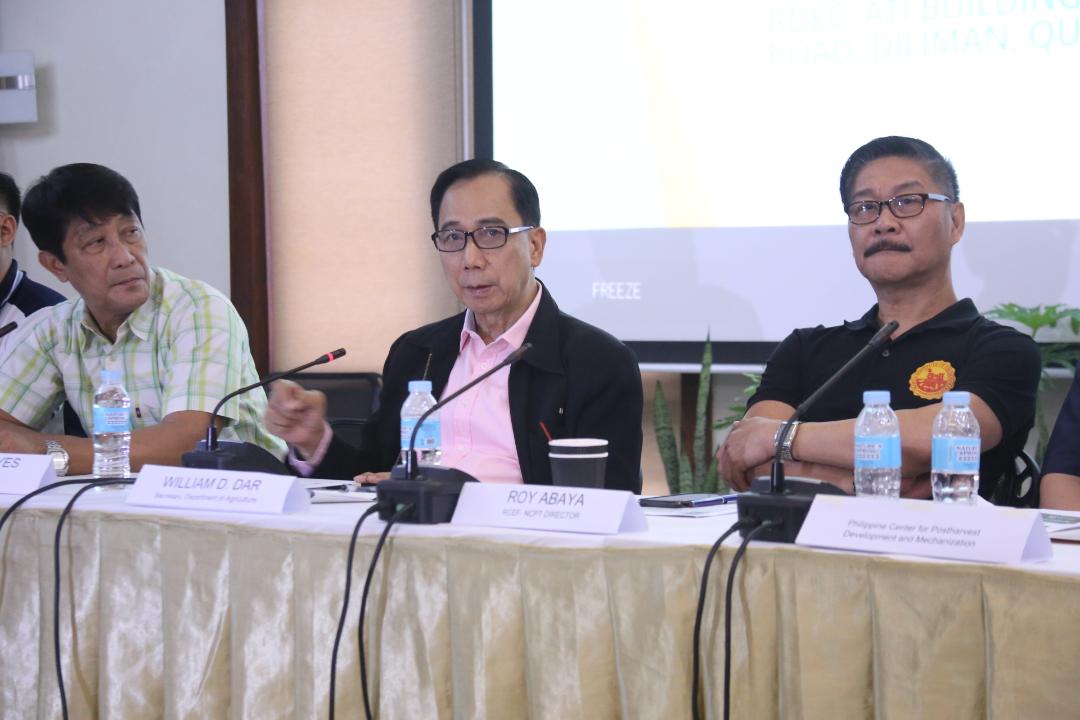
The Php 10-billion (B) Rice Competitiveness Enhancement Fund (RCEF) is expected to be fully obligated before the year ends.
This was the initial announcement made by Agriculture Secretary William Dar during the press conference on RCEF held at the RDEC Building, Agricultural Training Institute on October 22, 2019.
“[It will be all out] on or before December 30, 2019. It will be obligated one hundred percent,” said Dar.
According to the Secretary, “Php 3.2B or 32 percent out of the Php 10B support fund for rice farmers has already been obligated as of today.”
Notice of cash allotment for the respective components of the RCEF program has already been received by all the concerned implementing agencies. This includes the Philippine Center for Postharvest Development and Mechanization (PHilMech) for the Mechanization Component (Php 5B); the Technical Education and Skills Development Authority (Php 700M), Philippine Rice Research Institute (PhilRice) (Php 100M), PHilMech (Php 100M), and Agricultural Training Institute (Php 100M) for the Extension Component.
The Development Bank of the Philippines and Land Bank of the Philippines each received P500 million for the credit component through fund released to the Agricultural Credit Policy Council, while PhilRice has already received the Php 2B of the Php 3B allotment for seed.
With the rolling out of the RCEF program, Secretary Dar urged the Department of Agriculture (DA) bureaus and attached agencies, as well as the members of the media, to inform the rice farmers and the general public that the government has accelerated the implementation of the program.
“This is the right time. This is the time of the year that the intervention must start,” said Dar.
Now that RCEF is on full swing, the Secretary Dar expects that the Philippine rice production, both hybrid and inbred, will expand and level up.
“We hope to elevate the yield average to 5 – 6 metric tons,” Dar said.
With proper implementation of all the four components of RCEF, Secretary Dar believes that cost of production will be down by 30 percent, allowing the Philippines to compete with its neighboring ASEAN countries like Vietnam and Thailand.
Dar added that the two percent target growth for the farm sector for the year will be maintained, but will intensify in the years to come. ### (Kuhlin Ceslie Gacula, DA-Press Office)













